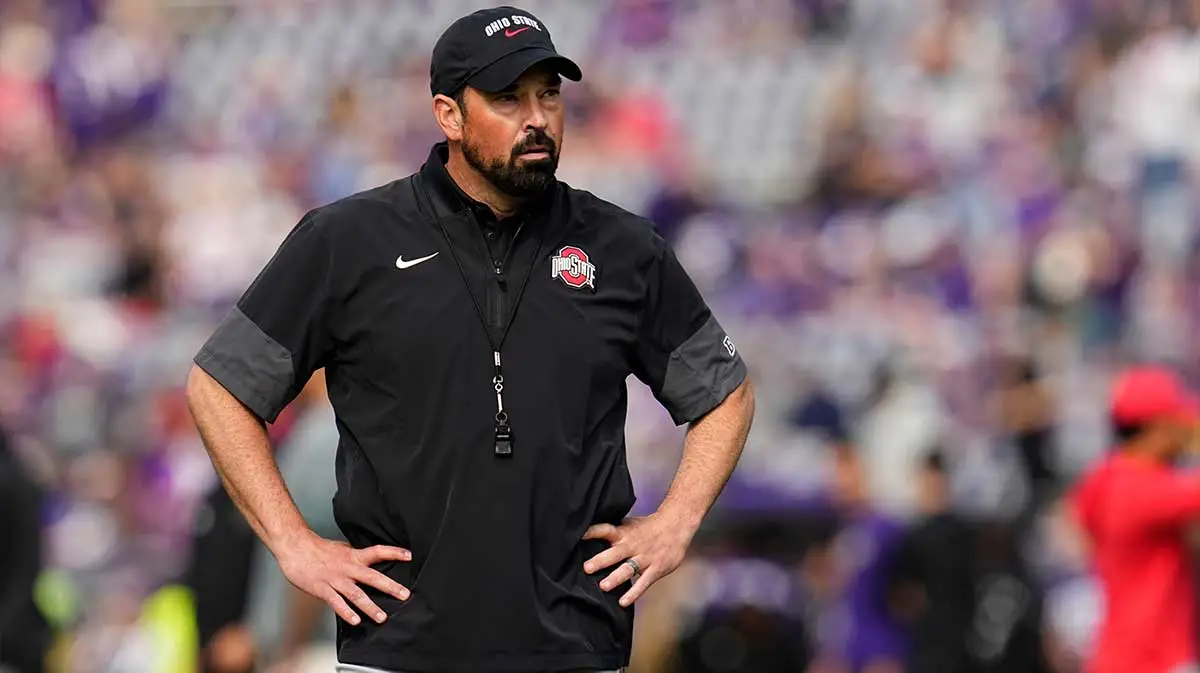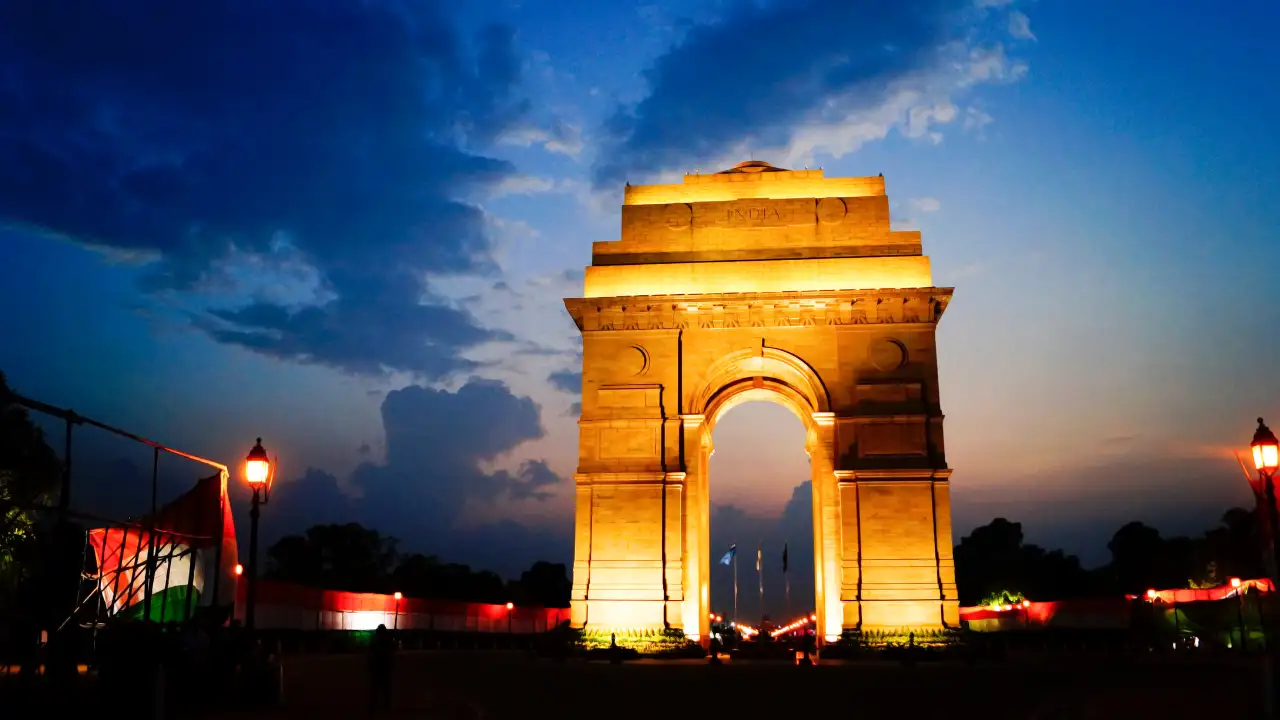Copyright Fast Company

As one of The Estée Lauder Companies’ most irreverent brands, Too Faced is known for bold colors, playful packaging, and unapologetic creative style. For the launch of its latest innovative product, Ribbon Wrapped Lash Mascara, it didn’t hold back on creative ambition. The fantasy begins in a music box—a ballerina twirling to classical music. As a black ribbon unfurls around her, it expands to wrap around the entire room, finding its way to a woman’s lashes, ensconcing them in what seems to be the same black silk as that ribbon, wrapping them in elegant length, grace, and beauty. The Too Faced creative team, led by Warissara Muangsaen, VP, global creative director, used Adobe’s AI-powered ecosystem to turn imagination into motion. With the Adobe Firefly Video Model, they shaped each scene with artistry and intention, then brought the vision together as a cohesive story in Adobe Premiere Pro. “We’re an indie brand at heart,” she says. “We always have more ideas than time to execute. With Adobe Firefly, I can visualize the mood and world of a campaign in minutes. Once that vision is clear, editors and designers know exactly how to build it out.” THE TWO-WEEK SPRINT With consumer expectations rising and timelines shrinking, Muangsaen’s team was being asked to deliver more content across channels faster than ever. They had already started experimenting with AI when the Too Faced Creative team took it to the next level for an upcoming product launch by setting a goal to build a high-end campaign powered by AI in just over two weeks. “At first it was curiosity mixed with fear,” Muangsaen recalls. “We worked with a beta version of the Firefly Video Model before it was available to the public. We didn’t even know how all the features worked yet, but we jumped right in.” The team set to work establishing the look and feel of the campaign. Using reference images and stills, they were able to create video clips that met the Too Faced brand standards. The team began cutting scenes the same day and making decisions with actual motion on screen. “Working with Firefly got us to the point much quicker,” Muangsaen says. Then came physics. “At first, the gravity of the ballerina didn’t really work,” Muangsaen says. They refined the prompts and adjusted camera moves and tempo. They easily iterated about 50 times within the campaign’s two-week sprint until the ballerina’s movement felt as natural and graceful as they had imagined. As the team learned, a new process was unlocked—blending generative AI with human oversight at every stage. A NEW WORKFLOW FOR CREATIVE TEAMS Next, the team began editing, and that’s where the silos fell away. Instead of the usual rounds of handoffs, editors and designers sat shoulder to shoulder, generating and cutting in the same room. Working this way enabled the team to make decisions together in real time. They used Firefly for rapid concepting, Adobe Photoshop to refine frames, Premiere Pro for pacing and sound, and After Effects for polish and depth. “This experience really proved the benefit of working with an integrated creative ecosystem,” Muangsaen says. “We’d fix a package detail in Photoshop, and it flowed back into Premiere instantly. Everything is connected.” Side by side, they also leveraged Generative Extend in Premiere Pro, using generative AI to seamlessly lengthen a shot so that the rhythm matched the story, rather than forcing the story to fit the shot. Firefly’s generative AI models produced content that gave Too Faced the confidence to move fast while preserving brand trust. And because Firefly helped them pre-visualize looks for different markets, the same core story could be tailored quickly for Paris, Mexico City, or Dubai without losing the brand’s DNA. That efficiency translates to a more consistent, cost-effective production overall. Sixteen days later, the finished campaign lit up the big screens in Times Square and was shared across the brand’s digital channels. The team met its goal by learning on the fly, fusing human creativity with generative AI, and staying relentlessly curious, creating something beautiful, imaginative, and decidedly Too Faced. advertisement A TOTAL CULTURE SHIFT The ballerina spot set a new standard for the brand. Firefly is now an integral part of the Too Faced creative process, utilized across Adobe Creative Cloud—from packaging pre-visualization to early campaign storyboards. “We don’t treat it as a test anymore,” says Muangsaen “Firefly generative AI is part of our process, expanding what’s possible and letting us deliver ideas as we imagine them.” Designers, editors, and art directors now collaborate from start to finish, building a shared prompt library that functions like a living brand language. Tasks that once took hours now take minutes, freeing time for story and experimentation. “That doesn’t make the idea less creative,” Muangsaen says. “It makes the creative process faster.” The same approach extends beyond hero campaigns. For Instagram where the brand engages with its 12.4 million+ followers, the team shoots product in-house to capture true texture and shine, then uses Firefly-generated environments to build the world around it. In a recent teaser for the brand’s Fairytale Holiday 2025 campaign, the team used Firefly to dream up an enchanting, storybook-inspired environment, from shimmering textures to ethereal lighting, then refined the details in Photoshop to match Too Faced’s signature look. The result was a magical world built around the product at speed, bringing a sense of fantasy and wonder to social ahead of the full campaign reveal. This evolution mirrors a broader push across The Estée Lauder Companies, where its Beauty Reimagined initiative is accelerating AI adoption throughout all areas of the business and across 25 brands. Too Faced has become a showcase proving a nimble, indie-spirited team can scale high-impact storytelling by using AI to amplify, not replace, human creativity. LOOKING AHEAD The next frontier is expanding the scope of what those ideas can encompass. Too Faced is exploring 3D concept modeling, real-time editing, and eventually music, pushing into new creative dimensions that will continue to open fresh possibilities for storytelling and continue to modernize their content supply chain. Too Faced is helping to define a new standard for beauty marketing, one that’s faster, more flexible, and still unmistakably human. “Too Faced has always been about more-is-more creative with our fun, bold, playful style,” Muangsaen says. “AI doesn’t change that. It just lets us tell our stories bigger and faster.” Watch the Adobe MAX session, AI in Beauty: How Creatives Thrive at Too Faced Cosmetics, to learn more about how the brand uses AI to amplify creativity by centering human storytelling.



